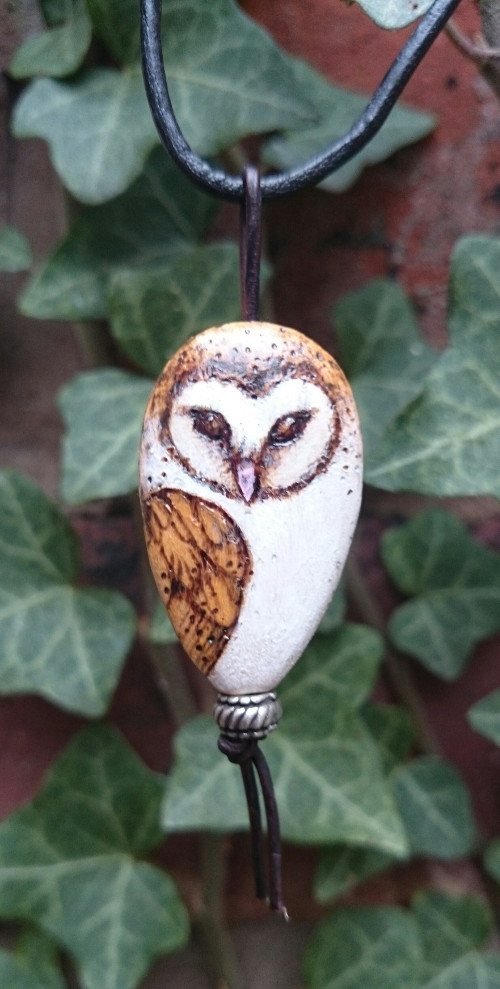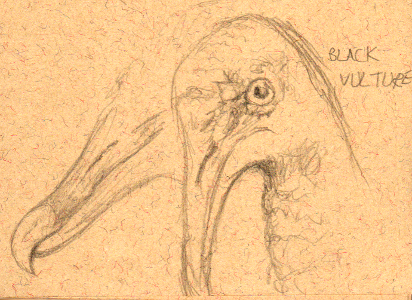In between bouts of illustration, I’ve been doing a bit of pyrography. This (for the benefit of the uninitiated) is the art of burning designs into wood or leather (and sometimes bone, gourds or tagua nut slices!). I use a Peter Child pyrography machine which is good for detailed work. The temperature is adjustable and it has a sort of pen for which you can make wire nibs in the size and shape you require.
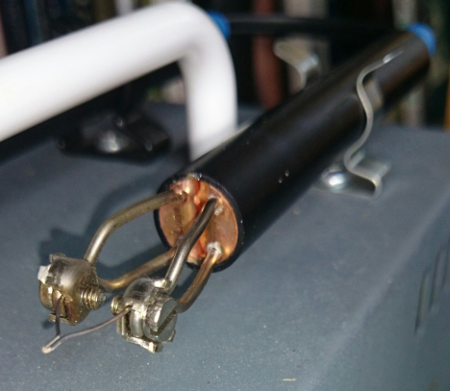
This time I have been making woodland animal pendants using some large, unfinished wooden beads I bought readymade. They are kind of smooth and oval, but flattish. Foolishly I didn’t think to take photos of the first few stages, so here is a brief description of what I do:
- Create a design on paper
- Ensure that the pendant has a big enough hole all the way through (sounds pretty basic, but I seem to have spent quite a while enlarging holes with tapestry needles and the wrong end of fine crochet hooks!)
- Transfer the design to the pendant with pencil. Normally I would do this with tracing paper, but that’s too difficult on a curved surface, so I just work freehand.
- Using the pyrography machine and a fine point go over the design. Erase any remaining pencil marks, then go over the design again adding detail. I usually use a spoon-shaped nib for some of the shading and then return to the fine point to make sure the main features are sufficiently defined.
- Add some colour. This isn’t at all a necessary part of pyrography, but it really seems to bring these pendants to life. I use gouache or acrylic paint with a translucent thinner, sometimes thinned with a little water as well. It’s important to be able to see the design through the paint. Really I’m just aiming to tint the design and maybe add some tiny details such as highlights in the eyes.
Apply two coats of varnish and string on a leather thong, with any beads which seem necessary.
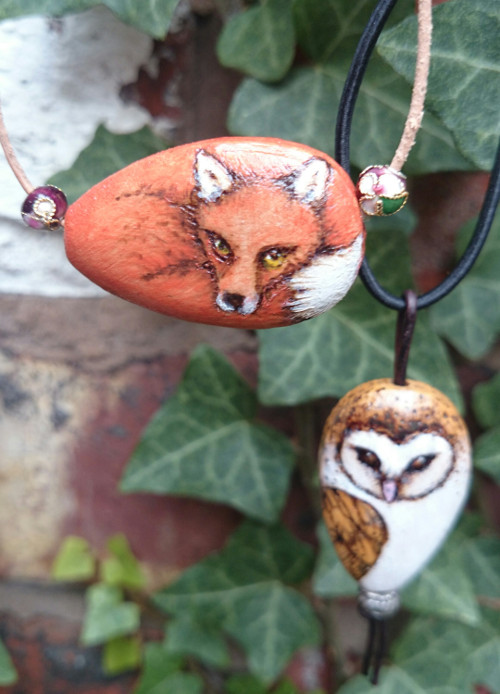
And that’s it! It’s a relatively quick process – maybe a couple of hours total per pendant for the design transfer, burning, painting, varnishing and stringing, though in practice I do it over a longer period to allow for drying time. They’re really quite tiny – only three and a half by two centimetres tall.
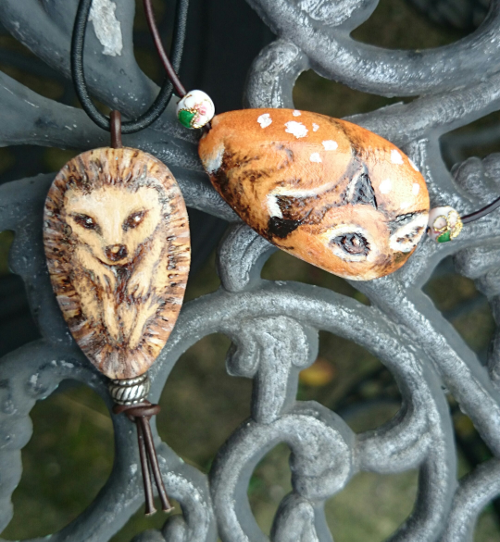
One of the appealing things about these pendants is that they’re very easy to customize. So far I have been continuing the design onto the back of the pendants (the back of the owl is quite detailed…the back of the fawn is spotted and the the back of the hedgehog has a pattern of spikes. The fox is plain fox colour) but it might be nice to add names, a significant date or a brief message to the back to make it extra special. I can also use different kinds and colours of cord and beads. This week I have been working on a commissioned pendant of a completely different creature (but it’s a present for someone, so no details!).
I’ve created a listing for these pendants on Etsy and there should be more designs to come – I have lots of ideas, though it’s an interesting challenge getting some of them to fit on an oval! You can also contact me via Facebook or message me here to order a pendant or find out more about a custom design.
